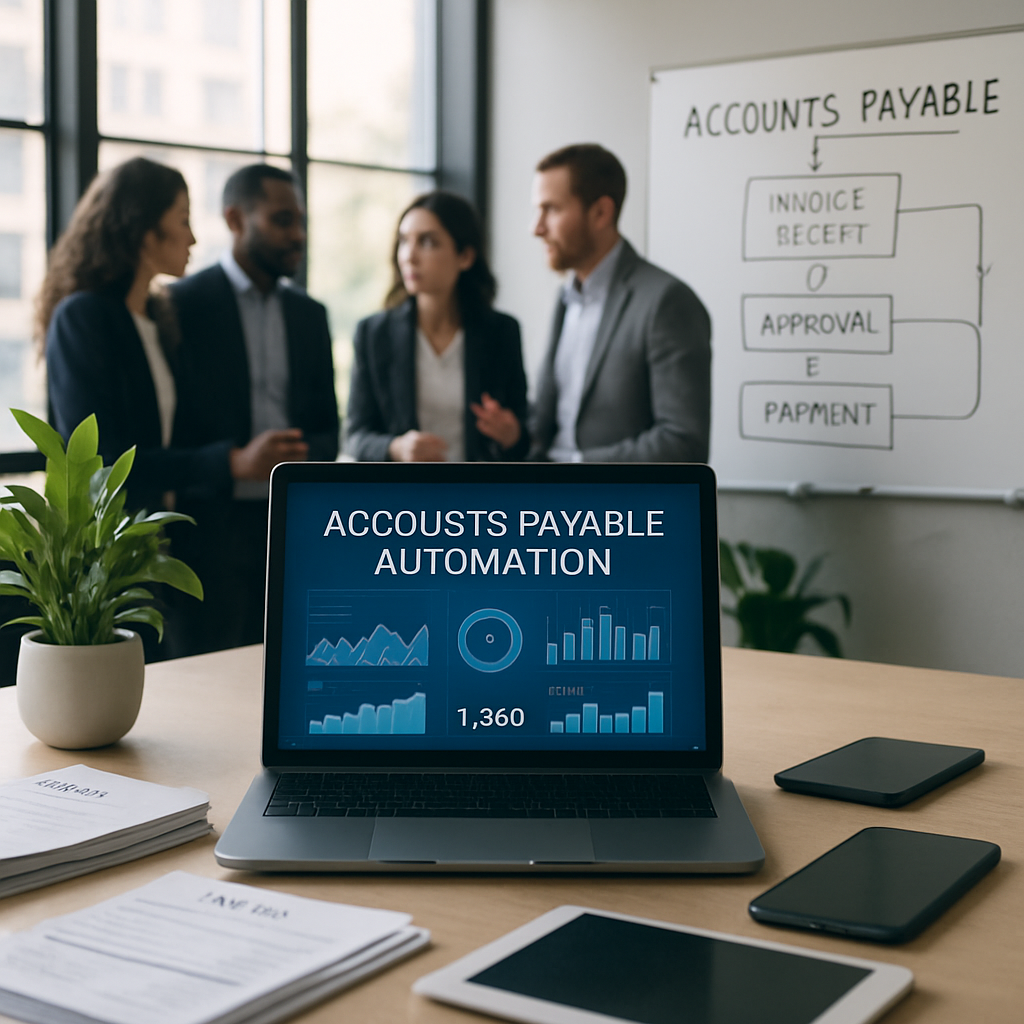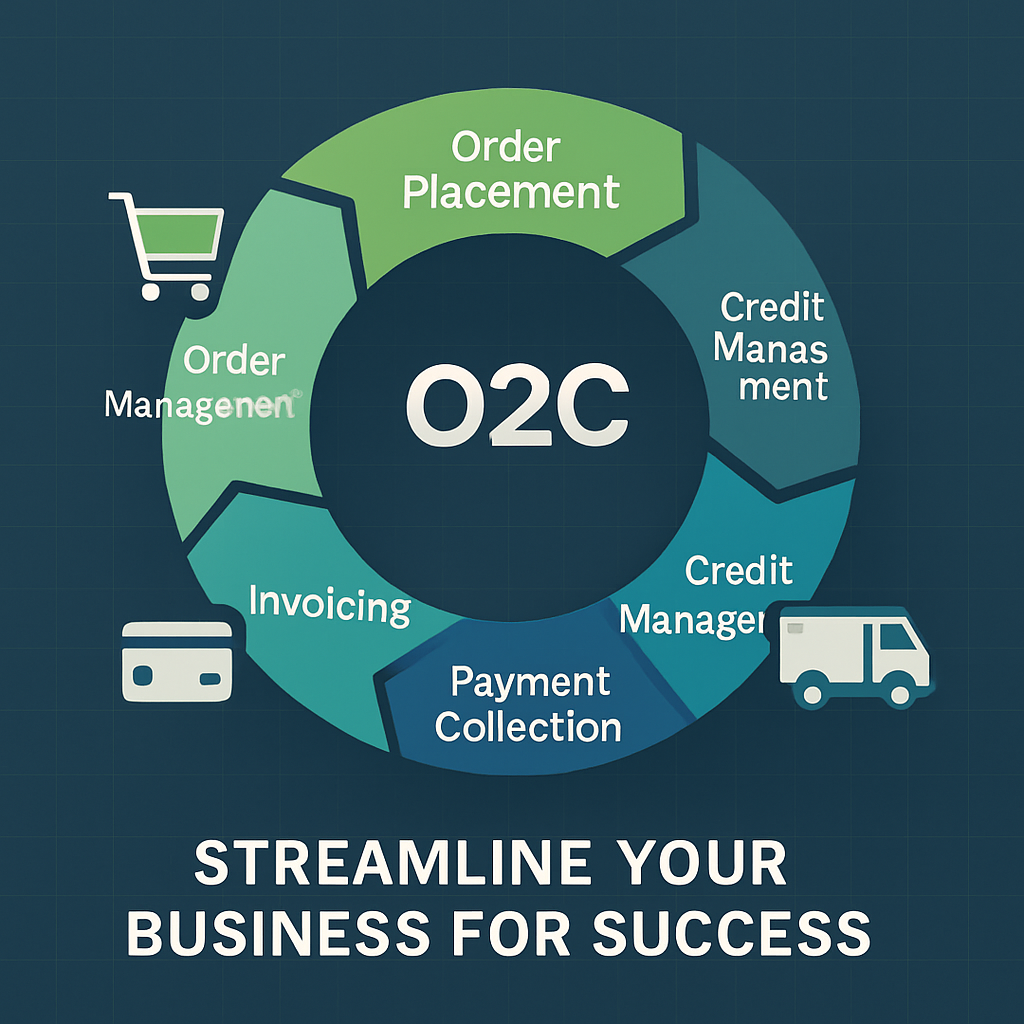What CFOs Need to Know About AI in Enterprise Performance Management
Enterprise Performance Management (EPM) Artificial intelligence (AI) is fundamentally reshaping enterprise performance management (EPM), giving CFOs...

To us it's simple...
"Do things the right way. For the right reasons. Good things will follow."
4 min read
![]() ProNexus Admin
:
Oct 29, 2025 8:00:00 AM
ProNexus Admin
:
Oct 29, 2025 8:00:00 AM

Even today, many AP departments are still stuck doing things the old way: paper invoices, manual data entry, email-approval chains and checks. According to one survey, only about 9% of AP teams are fully automated.
Yet nearly two thirds of finance professionals expect their AP functions to be fully automated by 2025.
With pressure rising – from remote work, supply-chain disruptions, and talent shortages – automation isn’t just a nice-to-have. It’s becoming a business imperative.
At its core AP automation replaces manual, repetitive tasks (e.g., data entry, invoice routing, approvals, check issuance) with digital workflows – often powered by technologies such as optical character recognition (OCR), artificial intelligence (AI), machine learning (ML), and cloud-platforms. Automation helps teams process invoices faster, reduce errors, catch duplicates or fraud, improve vendor relationships, and better manage cash flow.
Here are ten big movements to keep an eye on as AP evolves in 2025 and beyond:
The era of paper invoices, check signatures and mailbox queues is ending. Companies are using manual-heavy AP workflows to report significant delays and high data-entry burdens – e.g., 22% cite invoice exceptions as a top challenge.
Automation brings things like invoice capture via OCR and rules-based routing, reducing the human-touch at each step.
With more employees, contractors and vendors interacting remotely, AP processes that rely on physical check signing, printed invoices or manual approvals become bottlenecks. Cloud-based, digital AP workflows are better suited to these distributed models.
Technologies such as OCR + ML can extract invoice data, classify invoices, suggest GL codes, detect anomalies, and enable “touchless” processing (where most invoices go through without manual intervention).
For example, small companies processing many invoices may be able to automate a large portion of approvals, reserving manual review only for large or unusual invoices.
Having a standalone AP system disconnected from the broader enterprise resource planning (ERP) system often means duplicate data entry, inconsistent workflows and visibility gaps. Many organizations are moving toward tightly-integrated AP + ERP workflows.
This integration helps ensure invoice, PO, receipt, payment and GL data all align.
AP isn’t just a cost center — the data embedded in AP (vendor payments, timing, discounts, volumes) offers strategic insight. Automation enables faster, real-time reporting, which can help finance, procurement and operations teams spot trends, negotiate better terms, and forecast cash flow more accurately.
Because AP touches cash outflows, it’s a prime target for fraud. Automation helps here — for instance, by automatically matching bills to POs/receipts, flagging duplicate invoices, ensuring proper vendor authentication, and creating audit trails.
The ambition is increasingly to get to a state where invoices flow through without manual coding, routing, or intervention — from invoice receipt all the way to payment. The combination of AI, OCR, rules engines and integrated payment systems is enabling that.
Many AP teams are moving away from on-prem systems toward cloud, SaaS or embedded modules. The benefit: scalability, remote access, lower IT overhead, real-time data, and faster deployments. The trend is also toward AP modules that are native within the ERP instead of add-ons or bolt-ons.
Payment speed, clarity of invoicing, consistency and transparency matter to suppliers. Slow or error-prone AP processes can damage vendor relationships and reduce negotiating leverage. Automation helps you keep vendors happy — and that matters for supply chain resilience
As companies grow, invoice volumes rise, supplier networks expand, and payments get more complex (multi-currencies, more contract labour, global suppliers). Manual systems often cannot keep pace. Automated systems scale more easily and allow finance teams to handle more volume without proportionate headcount bump.
Better cash-flow management:
Faster invoicing → quicker approvals → timely payments means you can capture early discounts, improve vendor terms, and reduce surprises.
Vendor/supplier confidence
A smooth AP process means vendors get paid on time, know their invoices are being handled correctly, and may be more willing to partner or negotiate favorable terms.
Here are a few pointers to begin your AP automation journey:
The landscape of AP is shifting fast. For many companies, manual, paper-based processes are no longer sustainable. Automation — driven by AI, cloud and integrated platforms — is not just an efficiency play. It’s a strategic lever: reducing costs, improving cash flow, strengthening vendor relationships and freeing up your finance team for higher-value work.
If you haven’t yet explored AP automation, now is a good time: the sooner you act, the sooner you benefit.
.png?width=200&name=ProNexus_Square_Logo_-_Tagline_copy-removebg-preview%20(1).png)

Enterprise Performance Management (EPM) Artificial intelligence (AI) is fundamentally reshaping enterprise performance management (EPM), giving CFOs...

Quick Answer

Many successful companies know they can’t (and shouldn’t) do everything in-house. Whether it’s finance, IT, or back-office operations, outsourcing...

What is Payroll? Payroll isn’t just issuing paychecks – it includes everything from tracking employee hours, calculating taxes and benefits,...

Turning Orders into Revenue At its core, the order-to-cash (O2C or OTC) process captures everything from when a customer places an order to when...

Why does a general ledger matter? Think of individual items (assets, liabilities, expenses, income) as individual trees; the general ledger (GL) is...